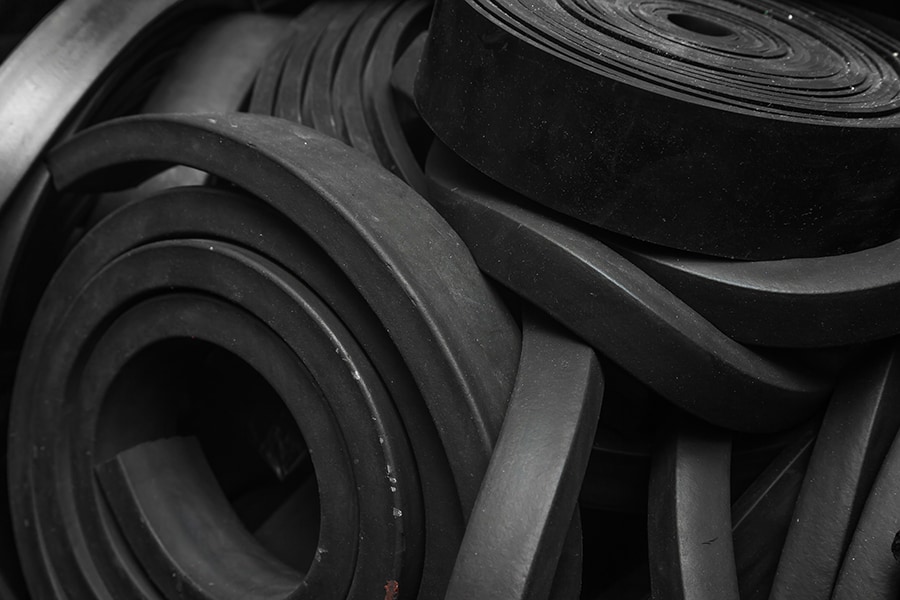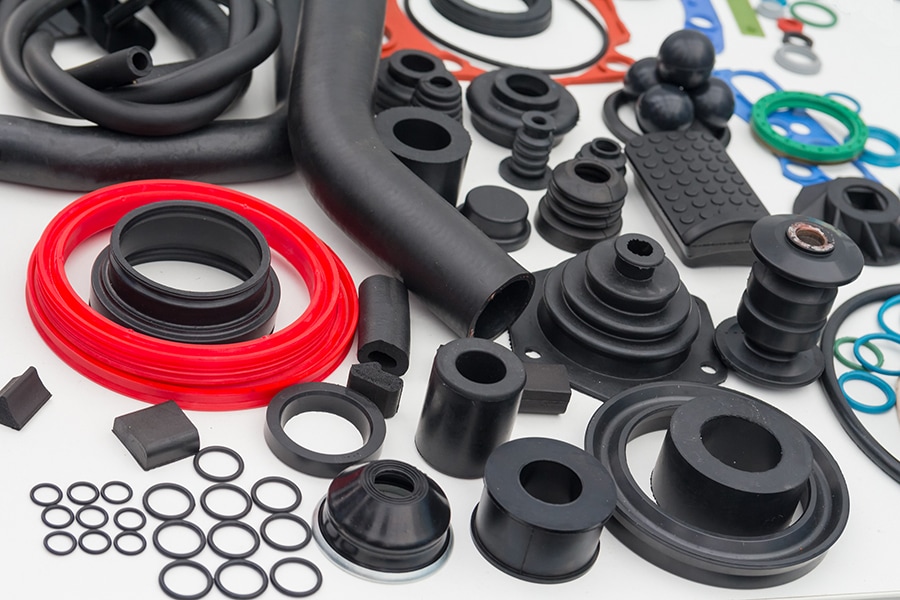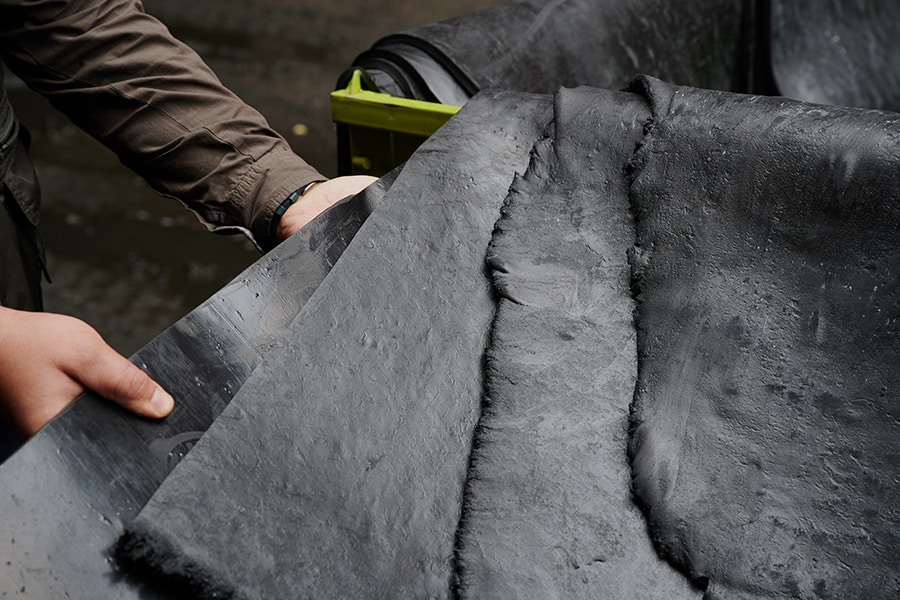
Synthetic rubber shares numerous desirable qualities with natural rubber, yet critical distinctions exist between the two formulations. It is produced with relative ease and widespread availability, offering enhanced resistance to abrasion, grease, oil, and heat when compared to its natural counterpart.
Certain types of synthetic rubber even exhibit flame resistance. Similar to natural rubber, synthetic rubber maintains high flexibility, even at low temperatures, and, with precise manufacturing methods, can withstand extreme temperatures and corrosion. The potential applications for synthetic rubber are virtually limitless.

Ingredients used to make Synthetic Rubber
Synthetic rubber encompasses a range of polymer materials derived from petrochemicals. While the exact ingredient breakdown varies for each type, a basic synthetic rubber recipe includes:
1. Petrochemical base: Hydrocarbons, such as oil or coal.
2. Natural gas: Triggers the creation of monomers.
3. Fillers, process aids, cure systems, anti-degradants, and other additives: Varied based on the product’s service environment.
Manufacturing Process of Synthetic Rubber
The production of synthetic rubber initiates with a hydrocarbon mixture, typically derived from oil or coal. This refined mixture yields naphtha, a flammable oil, which, when combined with natural gas, produces monomers like butadiene, styrene, isoprene, chloroprene, ethylene, and propylene. Polymerisation, facilitated by a catalyst and process steam, forms polymer chains to create rubber. If necessary, the synthetic rubbers can undergo further vulcanisation at this stage.

Types of Synthetic Rubber and their Properties & Applications
Several types of synthetic rubber are commonly used in various industrial applications. Some of the most prevalent types include:
Styrene-Butadiene Rubber (SBR):
Derived from styrene and butadiene. Widely used in tire manufacturing due to its abrasion resistance. Also employed in shoe soles, gaskets, and various industrial applications.
Polyisoprene Rubber (IR):
Similar to natural rubber in structure. Used in applications where high resilience and tensile strength are required. Often used as a substitute for natural rubber in certain products.
Nitrile Butadiene Rubber (NBR):
Resistant to oil, fuel, and other chemicals. Commonly used in automotive and aerospace industries for seals, gaskets, and hoses. Also found in disposable gloves and synthetic leather.
Ethylene Propylene Diene Monomer (EPDM) Rubber:
Exhibits excellent resistance to weathering, ozone, and UV radiation. Used in automotive weatherstripping, seals, and hoses. Commonly employed in roofing and construction applications.
Chloroprene Rubber (CR):
Known by the trade name Neoprene. Resistant to oil, ozone, and heat. Used in applications requiring flexibility, such as wetsuits, conveyor belts, and industrial hoses.
Butyl Rubber (IIR):
Has low gas permeability, making it suitable for tire inner tubes and pharmaceutical stoppers. Exhibits excellent resistance to heat, weathering, and chemicals. Used in seals, adhesives, and vibration-damping applications.
Acrylonitrile Butadiene Rubber (NBR):
Combines the properties of acrylonitrile and butadiene. Known for oil resistance and durability. Commonly used in automotive fuel handling systems, seals, and gaskets.
Polyurethane Rubber (PU):
Offers high abrasion resistance and load-bearing capacity. Used in applications such as rollers, wheels, and seals. Known for its versatility and ability to mimic the properties of both rubber and plastic.
These types of synthetic rubber cater to a wide range of industrial needs, providing specific properties that make them suitable for diverse applications.
Related articles also worth reading:
What’s the difference between Silicon and Silicone?
How is Rubber made? (Mainly focussed on Natural rubber)
Silicone Rubber: A Versatile Elastomer in Industry
Check out these other informative and educational articles:
Which rubbers are Fire Resistant / Fire Retardant?